Twists and turns in the Benazir murder probe
Blame appears shifting according to who partners with whom at the helm.
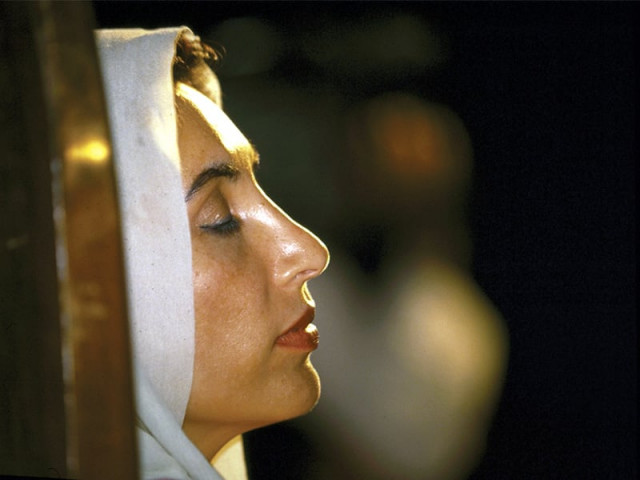
Twists and turns in the Benazir murder probe
While anti-terrorism courts (ATC) are designed to mete out speedy justice, the proceedings of the Benazir Bhutto murder case have defied this rationale.
Five militants linked to Tehreek-i-Taliban commander Baitullah Mehsud were charged with conspiring to kill Bhutto on November 22, 2008 at an ATC in Rawalpindi’s Adiala jail.
The trial was, however, subsequently adjourned on August 22, 2009 for further investigation by the Federal Investigation Agency (FIA) and finally commenced four years on, on November 5, 2011.
Like other investigations into high-profile assassination cases – such as former prime minister Liaquat Ali Khan’s in 1951, which ultimately faded from public memory – Bhutto’s murder has by no means been under-examined.
Four separate inquiries – by the Scotland Yard, the UN commission and joint investigation teams (JIT) of the Punjab Police and the FIA – have explored multiple facets relating to her death, ranging from its cause to the alleged culprits.
“We’ve had several in-country investigations …yet we seem to be no closer today than we were four years ago to getting at the perpetrators of this catastrophic assassination,” said Fasih Ahmed, the editor of Newsweek Pakistan.
Establishment-controlled investigations?
Based on the inquiry of the FIA JIT, seven people, including five militants and two policemen – former Rawalpindi city police officer (CPO) Saud Aziz and Superintendent Police Khurram Shehzad – were indicted by Rawalpindi’s ATC.
The militants were charged with criminal conspiracy for bringing the suicide bomber from South Waziristan, while the two police officers were charged with breaching Bhutto’s security plan.
The ATC has also issued arrest warrants for former president Pervez Musharraf, who has been accused of conspiring to kill Bhutto and for trying to influence post-murder investigations.
On May 30, the ATC declared him a proclaimed offender (PO) for willfully avoiding court proceedings.
FIA’s special prosecutor for the case Chaudhry Zulfiqar asserted, “There is solid, incriminating evidence against the accused. In fact, we have confessional statements of madrassa students linked to Mehsud.”
But despite the protracted inquiry into the matter – overtly intended for a more intensive investigation – it’s still quite contentious whether the inquiry has been objective and comprehensive.
The probe has been largely predetermined by the previous Punjab police-led investigation, which, according to a 2010 UN commission report, was heavily directed and controlled by intelligence agencies.
The FIA’s findings, ironically, reflect the concerns of the UN report about the Punjab police investigation, which were rejected by the-then foreign minister Shah Mehmood Qureshi for their alleged uncorroborated finger-pointing at the country’s establishment.
Politicisation of the case
The FIA clearly followed leads of the controversial UN inquiry report in its investigation. However, it did so discriminately; thus, making accusations selectively, implying that the investigation has been politicised.
The investigation accuses CPO Saud Aziz and SP Khurram Shehzad for breach of Bhutto’s security plan, refusal to conduct her postmortem and washing away the crime scene – findings which are clearly stated in the UN report.
It also acknowledges another key finding of the UN report: that the federal and provincial government failed to provide adequate security for the slain leader on the day of the Liaquat Bagh address.
However, the FIA challan, filed on February 7, 2011, singled out only one government functionary – Pervez Musharraf – as a culprit in the conspiracy to kill Bhutto.
The finger-pointing appears to be highly selective and often devoid of hard facts.
Ahmed, who has won a New York Press Club award for Newsweek’s coverage of Benazir Bhutto’s assassination, disputes the factual weight of this accusation.
“The case against Musharraf thus far is flimsy,” he said.
The FIA has named Mark Siegel – an American journalist who was Bhutto’s lobbyist – in the list of prosecution witnesses against Musharraf. Siegel was present when Bhutto received a phone call from the dictator, in which he threatened her with ‘dire consequences’ if she returned to Pakistan.
While the FIA considers this testimony as incriminating evidence against Musharraf, it has taken little notice of the letter Bhutto wrote to Musharraf in 2007, nominating four people involved in an alleged plot to kill her, including former intelligence officers and the then-Punjab chief minister and PML-Q leader Chaudhry Pervaiz Elahi.
However prosecutor Zulfiqar is quick to defend the credibility of the probe. “Accusations are made on the basis of evidence and there’s no evidence implicating other federal and provincial government functionaries.”
Yet many think that the case has been seriously determined by alliances of the PPP government; the PML-Q currently is part of the PPP-led coalition government and Elahi is the senior minister for defence production.
“It will be hard for the incumbent party to drown out criticism that they partnered with politicians Bhutto had suspected of plotting against her,” said Ahmed.
Published in The Express Tribune, December 27th, 2011.


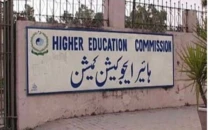
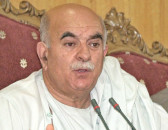
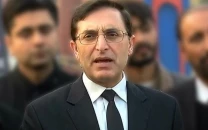
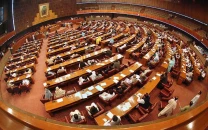
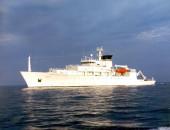












COMMENTS
Comments are moderated and generally will be posted if they are on-topic and not abusive.
For more information, please see our Comments FAQ